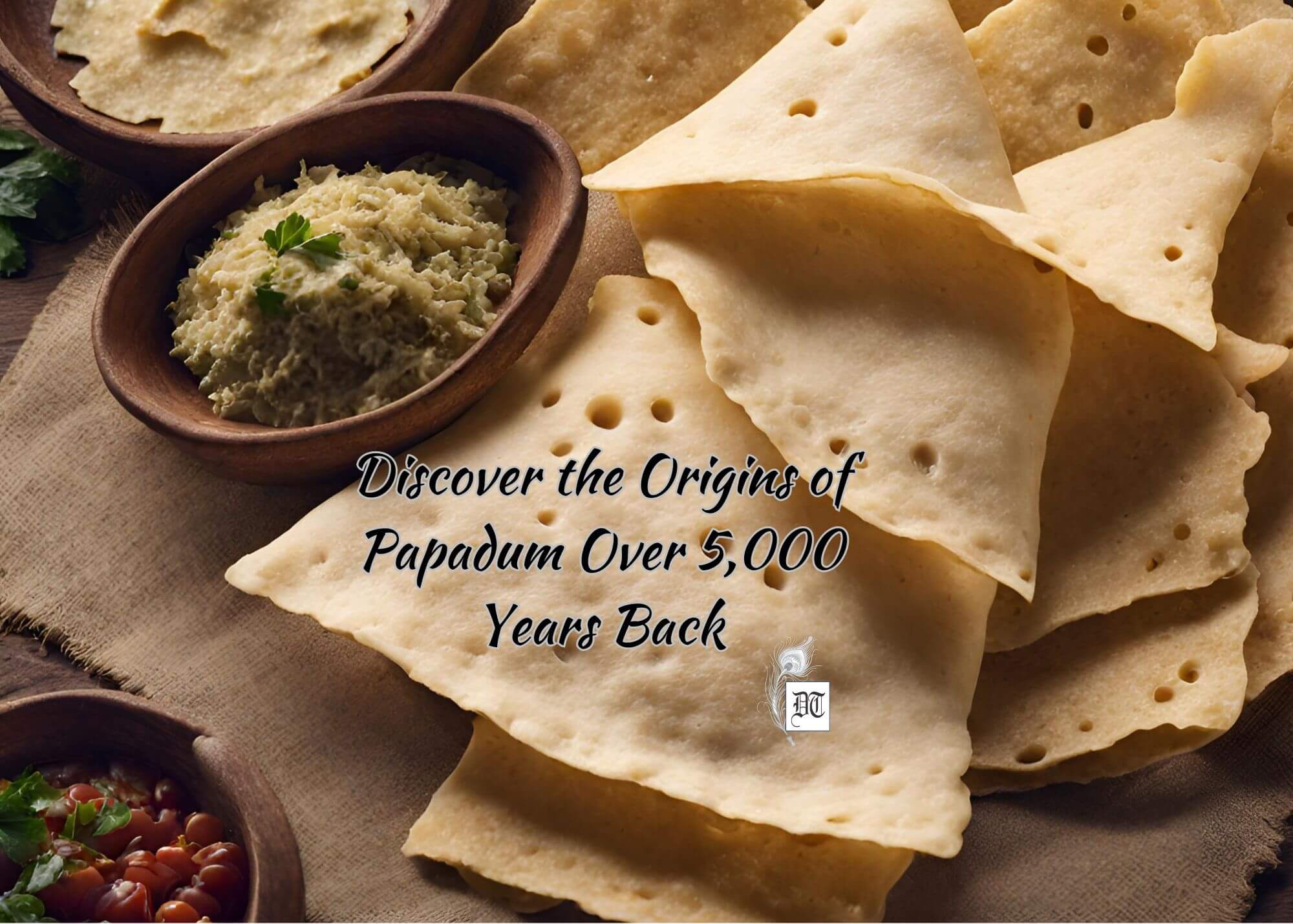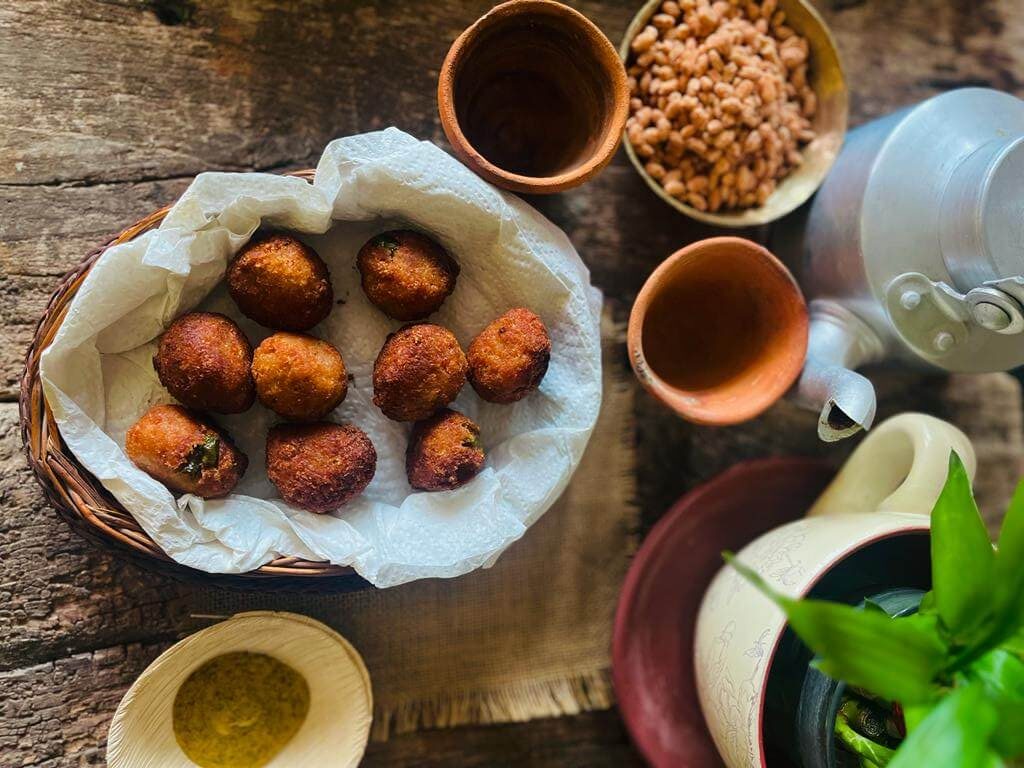The well-known earliest traces of wine are from China in 7000BC. Georgia had wine in 6000 BC and Iran in 5000BC. The earliest winery that we know of is 6,100 years old Areni-1 winery in Armenia. It travelled to Balkans in 4500 BC and was consumed in Greece, Rome and Thrace. Lily traces the origin and antiquity of wine, in the weekly column, exclusively in Different Truths.
The strains of this song never fail to stir nostalgia:
Strawberries, cherries and the angel’s kiss in spring
My summer wine is really made from all these things …
The smell of young wine is called an aroma while that of a mature wine is a bouquet.
We might have seen toasts raised by a glass of wine during feasts and celebrations but may never have realised that even though wine is consumed for its intoxicating effects, it also played an important role in religion. In the whole of the Biblical Old Testament, only the Book of Jonah has no reference to wine.
Diseases of the heart, Alzheimer’s, stroke and gum disease reduce if one drinks wine regularly. Perhaps those who drank it for intoxication were unaware of all these benefits.
The world’s oldest bottle of wine dated AD325 was found in Speyer town of Germany.
 Red wine was associated with blood by ancient Egyptians. Both Romans in Bacchanalia and the Greek cult of Dionysus used it. Judaism includes it in the Kiddush and Christianity in the Eucharist.
Red wine was associated with blood by ancient Egyptians. Both Romans in Bacchanalia and the Greek cult of Dionysus used it. Judaism includes it in the Kiddush and Christianity in the Eucharist.
The word wine comes from the Latin word vinium. It is an alcoholic drink made from grapes by fermenting them. No sugar, enzymes, acids, water or any nutrients are added. Mostly red and white wines are made from grapes but there are other wines made from rice or fruit such as elderberry, pomegranate, cherry and plump. The enticing plum colour of red wine is alluring.
Thousands of years ago also wine was produced. The well-known earliest traces of wine are from China in 7000BC. Georgia had wine in 6000 BC and Iran in 5000BC. The earliest winery that we know of is 6,100 years old Areni-1 winery in Armenia. It travelled to Balkans in 4500 BC and was consumed in Greece, Rome, and Thrace.
The world famous sites with archaeological evidence tell us that wine was produced by fermenting grapes in the late Neolithic site of Hajji Firuz Tepe in the Zagros Mountains or early Chalcolithic site in the Northern corner of the Middle East.
The growth of pottery making must have given a boost to wine making as pottery helped for storage and fermenting. China made rice and grape mixed wine in early Years of 7th millennium BC. The discovery of jars of pottery from the Neolithic site of Jiahu Henan contained traces of Tartaric acid and other organic compounds which can be found in wines commonly.
Wine culture spread westwards due to the Phoenicians. They spread along Palestinian, Syrian, Lebanese and Israeli coasts. The secret of Phoenicians was that they protected the wine from oxidation by a layer of olive oil followed by a seal of pinewood and resin. The remains of Apadana Palace in Persepolis sting 515 BC shows Armenians bringing their famous wine.
Literature is full of references to wine. Homer which is 8th BC Altman 7th century BC. The tomb of Egyptian king Tutankhamen showed 36 wine Amphoras.
Indian mention of grape made wines is from the latter part of 4th century BC writings of Chanakya, the chief minister of Chandragupta Maurya. Chanakya condemns the frequent use of wine, called Madhu.
chief minister of Chandragupta Maurya. Chanakya condemns the frequent use of wine, called Madhu.
The interesting thing that I found, while reading up about wine was that the ancient Romans planted vineyards next to garrison towns to produce wine locally rather than ship it. The Romans kept the vinegar smell out of empty wine vessels by burning sulphuric candles inside them,
The Roman Catholic Church supported wine in medieval Europe since the clergy wanted it for mass.
France became notable for its wines due to its Monks. Monks used to make wine since ages and they used to age it in caves Tainted or bad wine was strangely known as Bastardo wine.
For those who abstain from this blood coloured wonder, the wine has many known interesting effects and it can improve sex life. The biggest consumers of red wine are Chinese.
We must thank the Monks of the monastic orders of Cistercians and Benedictines for preserving and innovating the art of wine making. Dom Perignon the most famous champagne was named after a monk.
Red wines have antioxidant, and anti-aging as well as anti-cancer properties. White wines have the opposite effect according to some.
Wine names mostly reveal or indicate location or grape varieties.
Women get drunk faster from wine because of their water to fat ratio
People who are afraid of wine have Oenophobia!
In Ancient Greece, a host would take the first sip, to ensure guests that it was not poisoned. Toasting began in ancient Rome when a piece of toasted bread was dropped into each wine glass to temper acidity. Amusing indeed.
One must always hold the stem of a wine glass and not its bowl. The shape of the glass holds in the aromas. The taster swirls the glass to encourage releasing of potent aromas.
I end on the cheerful discovery that wine does not make one fat.
Cheers!
©Lily Swarn
Photos from the internet.
#Wine #HistoryOfWine #Celebration #TypesOfWine #PropertiesOfWine #WinesOfTheWorld #OriginOfWine #HistoryAndMystryOfFood #DifferentTruths





 By
By

